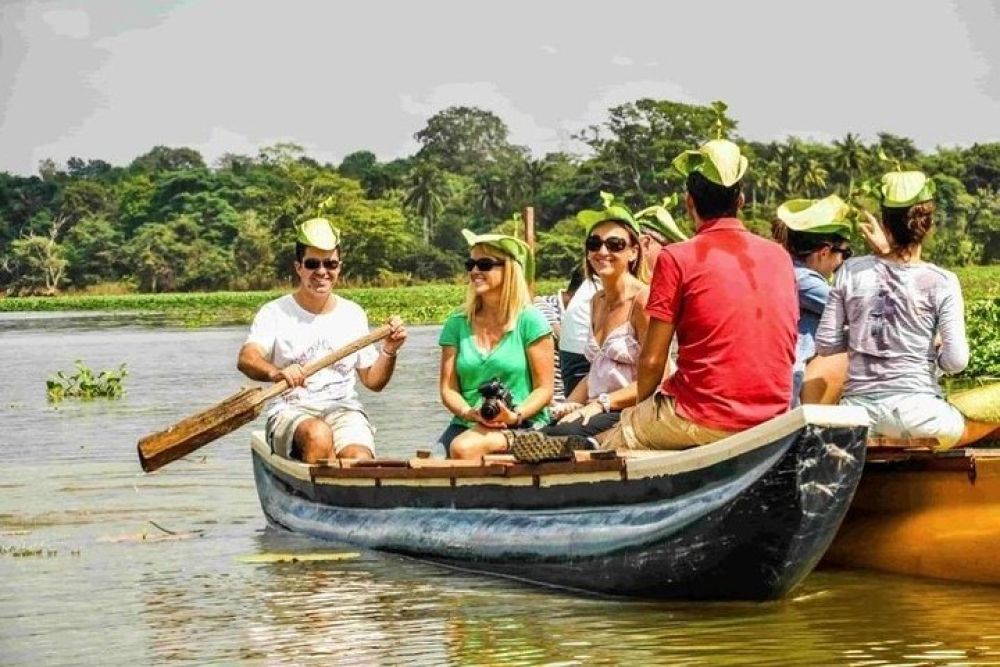

The history of tourism in Sigiriya can be traced back to the ancient times when it served as a significant center of religious and cultural importance. However, it wasn't until the site was designated a UNESCO World Heritage Site in 1982 that tourism significantly picked up. The ancient rock fortress, with its palace ruins on top of a massive 200-meter-high rock surrounded by the remains of an extensive network of gardens, reservoirs, and other structures, has been considered one of the most remarkable attractions in Sri Lanka.
The main draw for tourists has always been the Sigiriya Rock Fortress itself, famed for its intricate frescoes and the Lion’s Gate. The ancient city of Sigiriya, believed to have been inhabited from as early as the 5th century BC, showcases the prowess of ancient urban planning. Tourists can also explore the surrounding jungle terrain, ancient Buddhist temples, and trek to Pidurangala Rock which offers panoramic views of Sigiriya.
A Sigiriya Village Tour is an immersive experience where visitors can engage with local life and traditions. It includes bullock cart rides, village walks, and a chance to enjoy a traditional Sri Lankan meal prepared by the villagers. Tourists can also learn about traditional farming methods and see how locals use the ancient irrigation systems that are still in operation today.
The latest trends in tourism in Sigiriya involve a growing interest in sustainable and eco-friendly travel. Tourists are now more interested in engaging in activities that have minimal impact on the environment and support local communities. Homestays, eco-lodges, and organic farming experiences are increasingly popular. There is also a rising trend in adventure tourism, with activities like hot air balloon rides over the cultural triangle offering visitors a new perspective of the ancient sites.